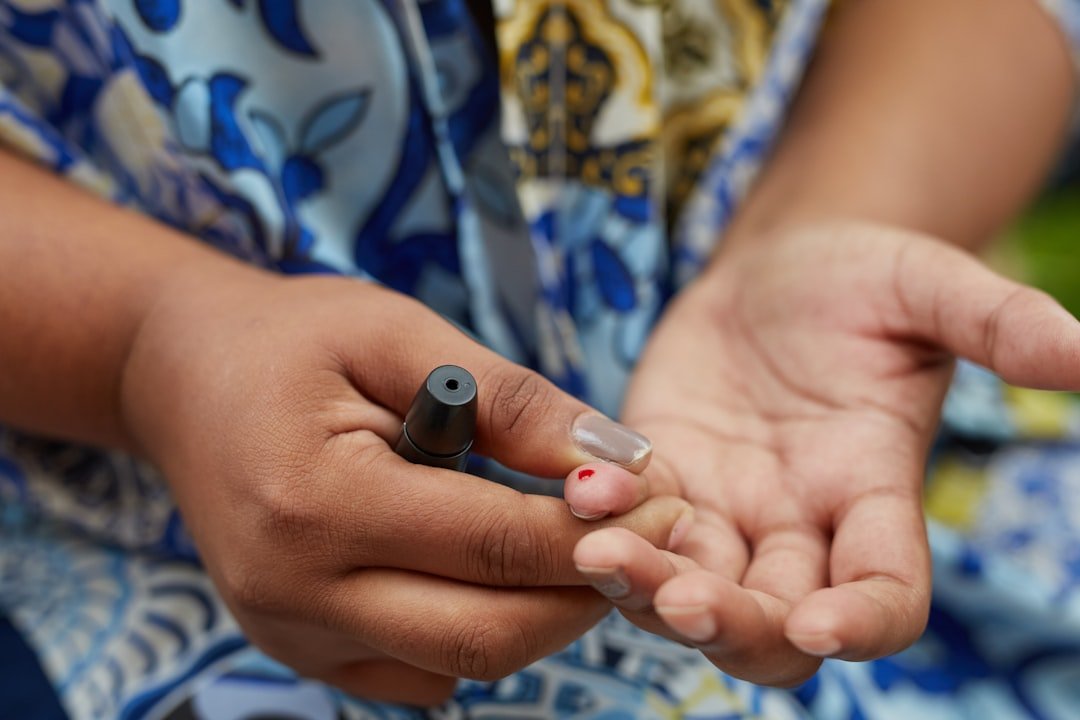
While the COVID-19 pandemic has dominated headlines worldwide, another pressing health crisis demands attention in the United States: diabetes. This chronic condition disrupts the body’s ability to regulate blood sugar, leading to persistently elevated levels that can cause severe complications. Currently, around 30 million Americans are affected, with experts predicting a steady rise in these figures over the next decade, driven by factors like aging populations and lifestyle trends.
Given that a significant portion of those with diabetes are older adults, it might seem like an unavoidable aspect of aging. However, simple adjustments to daily habits can play a crucial role in warding off this disease, particularly through increased physical activity. Regular movement aids the body in better controlling blood glucose, offering a proactive defense against diabetes development and progression.
In the following sections, we’ll examine practical strategies for adopting a more dynamic lifestyle to lower the risk of diabetes, drawing on evidence from health organizations and incorporating additional insights into how these changes can make a tangible difference.
1. Work “Running Out” Into Your Schedule
Humans thrive on routine, making it easier to sustain new behaviors once they become part of our daily rhythm. For many, physical activity is treated as an optional add-on, squeezed in only if time allows, which often results in it being overlooked. Shifting this perspective is essential for fostering long-term vitality.
Health guidelines from the Centers for Disease Control and Prevention suggest that adults aim for at least 150 minutes of moderate exercise weekly to promote overall well-being and reduce disease risks. This could involve structured workouts, such as gym sessions or runs, or everyday tasks like household chores or walking a pet. To consistently meet this target, it’s vital to integrate these activities into your planner ahead of time.
For instance, schedule a brisk neighborhood stroll after meals or dedicate early mornings to gentle yoga before starting your day. Weaving movement seamlessly into your routine not only builds consistency but also enhances its feasibility amid busy schedules. Beyond general fitness, maintaining a steady exercise pattern helps combat Type 2 diabetes—the most common form—which arises from the body’s reduced sensitivity to insulin, the key hormone for converting sugar into energy. By stabilizing blood sugar fluctuations through timed physical efforts, you can minimize these imbalances and support metabolic health.
2. Keep Exercise Gear at Home
To make staying active feel effortless, ensure that fitness tools are readily available, especially for unexpected challenges like bad weather or packed mornings. Having equipment on hand eliminates excuses and keeps your momentum going, even when outdoor plans fall through.
Options range from larger items, such as a stationary bike or weight set, to compact and affordable alternatives like a yoga mat, dumbbells, or resistance bands. These choices allow for flexible home-based routines without significant investment. Additionally, exploring online resources, like workout videos or curated playlists, can provide fresh inspiration to vary your sessions and prevent monotony from traditional exercises. According to fitness experts, accessibility is a key factor in adherence, with studies showing that home availability increases weekly activity levels by up to 20% for many individuals.
3. Make It Enjoyable
A common barrier to regular movement is the perception that it’s tedious, but exercise doesn’t have to be a burden—it can be a source of joy. From dancing and swimming to cycling or team sports, the best activities are those that spark genuine enthusiasm and keep you engaged.
If you’re unsure where to start, step outside your usual habits and experiment with new options. Check local community centers or gyms for classes, or connect with friends and family to discover their preferences and join in. This approach not only boosts participation but also fosters social connections, which research links to better long-term adherence. By focusing on fun, enjoyable pursuits, you’ll be more likely to maintain an active routine, ultimately aiding in blood sugar management and diabetes prevention.
4. Get Others Involved
Projections indicate that diabetes could impact over 580 million people globally by 2030, highlighting the urgency of preventive measures. Rallying your social circle to embrace activity can create a supportive network that collectively reduces these odds.
Sharing workouts with companions transforms exercise into a shared adventure, offering accountability, encouragement, and a platform to celebrate progress or navigate challenges together. Consider organizing group outings, such as hikes, beach games, or online fitness challenges, while respecting current health guidelines. If motivating your immediate network proves difficult, turn to digital communities on platforms like Facebook or dedicated apps, where peers provide motivation and tips. Evidence from behavioral studies shows that social support can increase exercise frequency by as much as 30%, making it a powerful tool against inactivity and related health risks.
5. Create a Complementary Diet
Striving for an active life becomes challenging with unhealthy eating patterns, as nutrition directly fuels your body’s performance. Think of your diet as the high-quality fuel needed for a vehicle to operate efficiently—subpar choices lead to suboptimal results.
A balanced intake of carbohydrates, fiber, proteins, vitamins, and minerals equips your system for effective physical demands and overall resilience. For diabetes prevention, combining this with regular exercise helps regulate blood sugar and combat insulin resistance, a core issue in the disease. The American Diabetes Association emphasizes that dietary improvements, such as increasing whole foods and reducing processed sugars, can lower risk factors by up to 40% when paired with activity. By refining multiple aspects of your habits, you’re building a comprehensive defense against chronic conditions like diabetes, promoting a healthier future.




